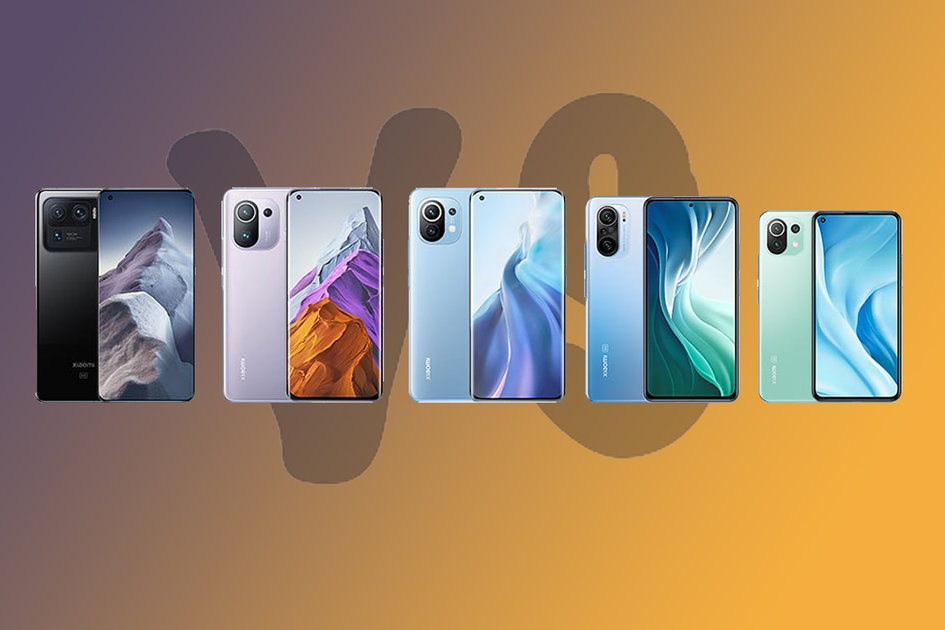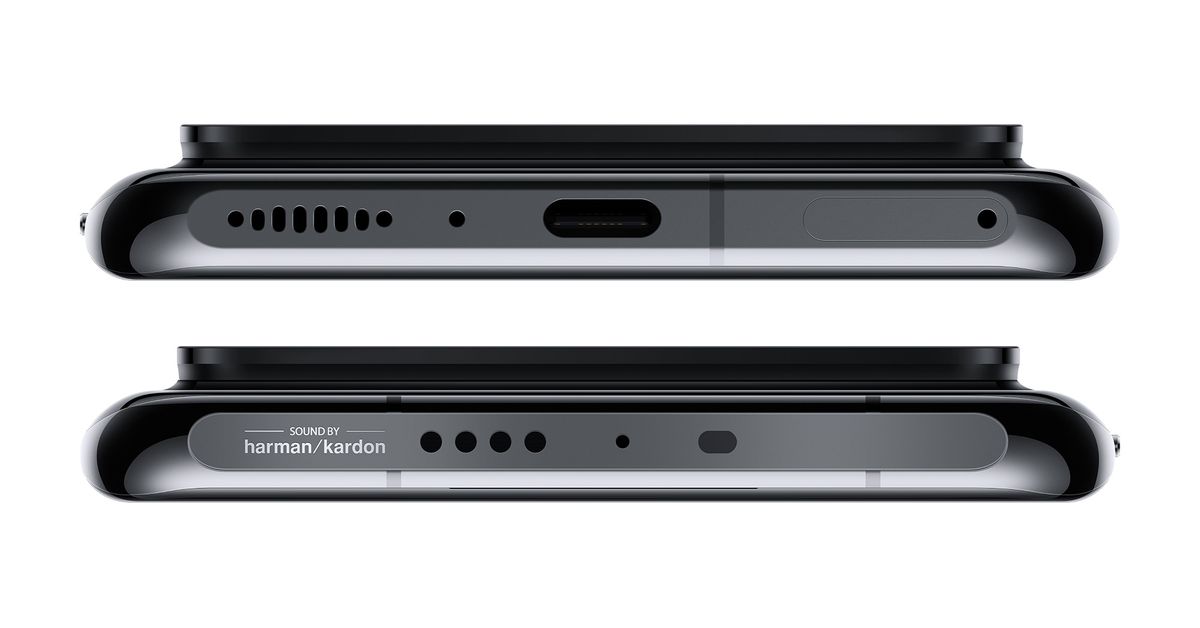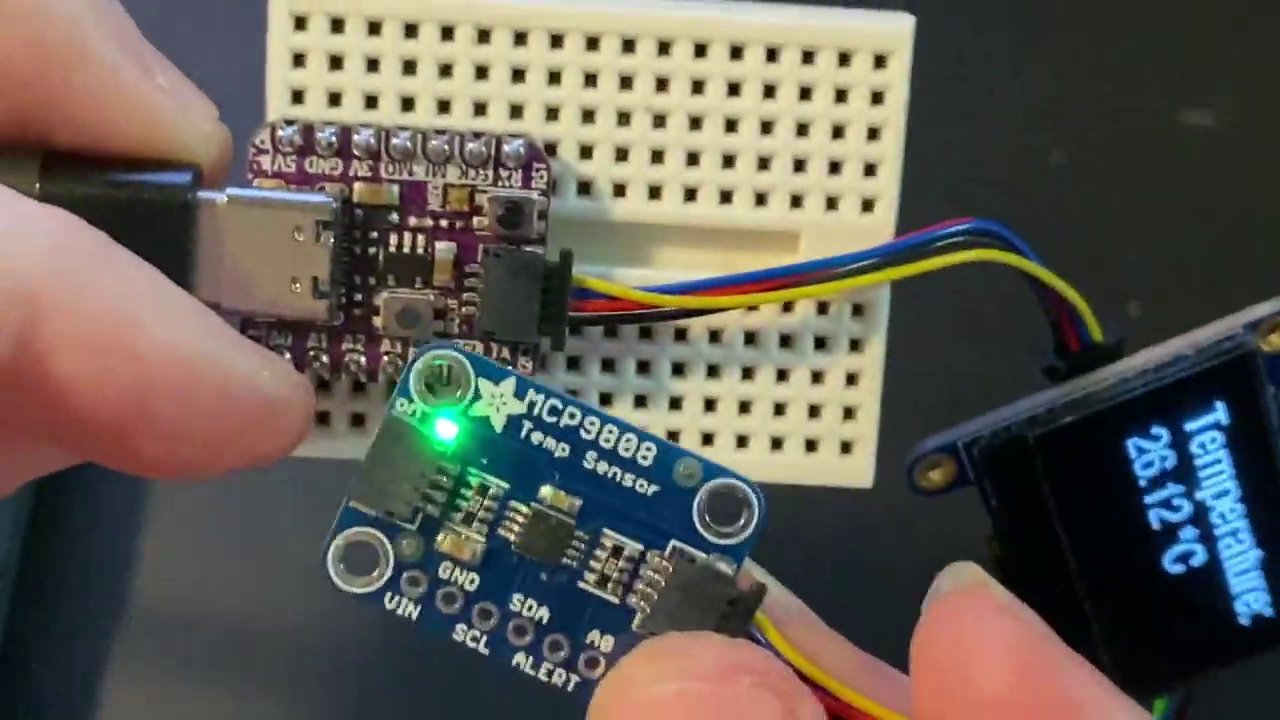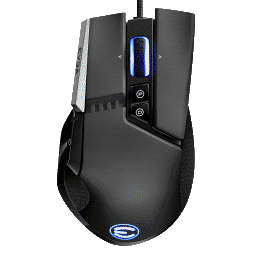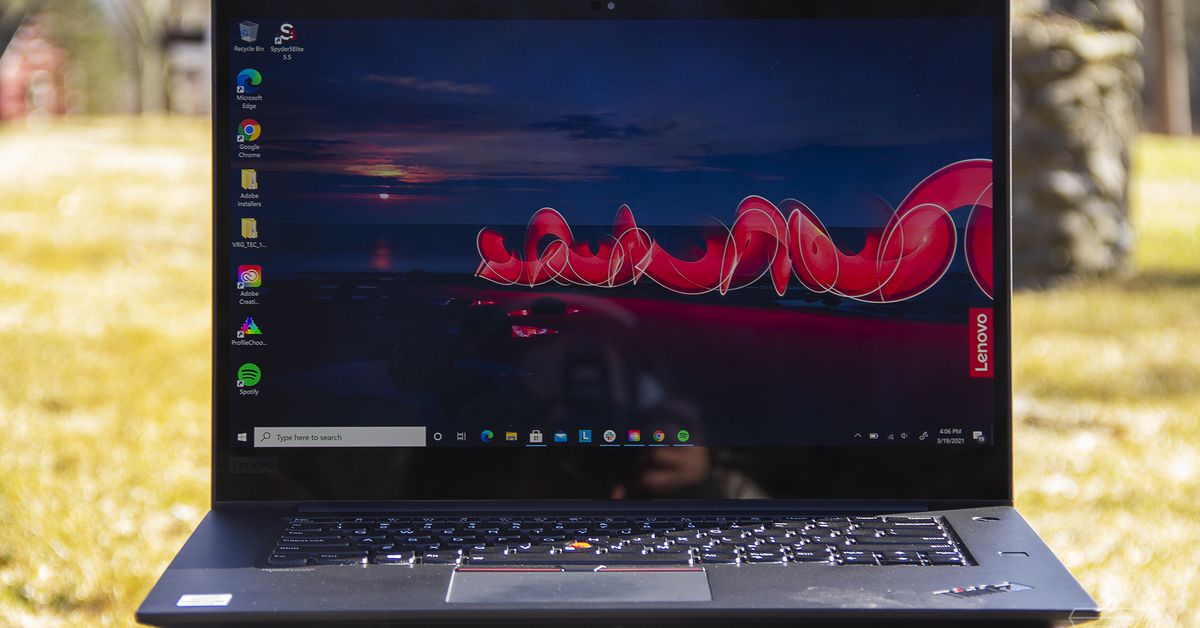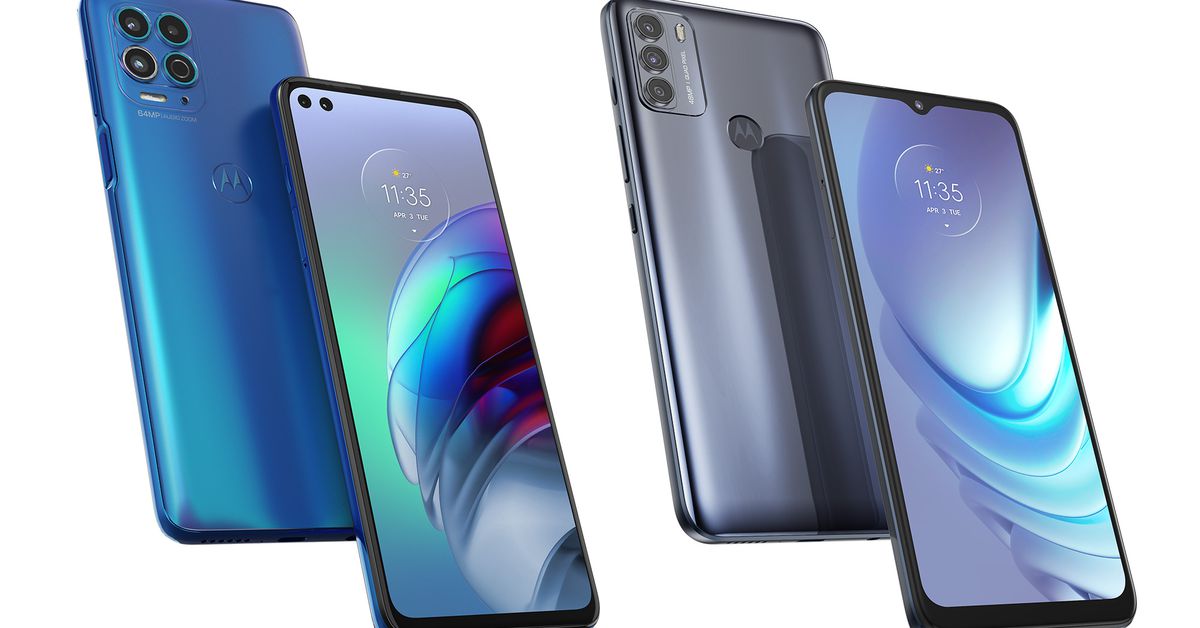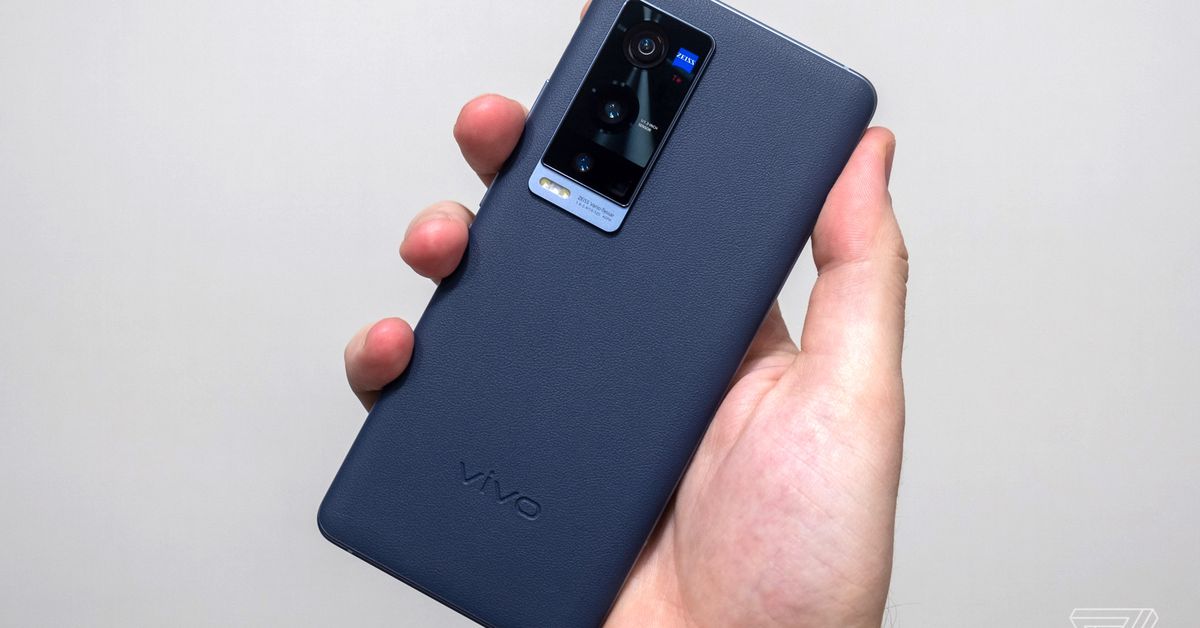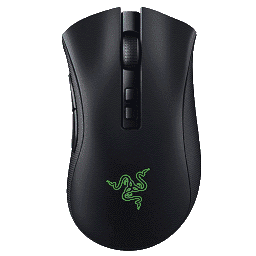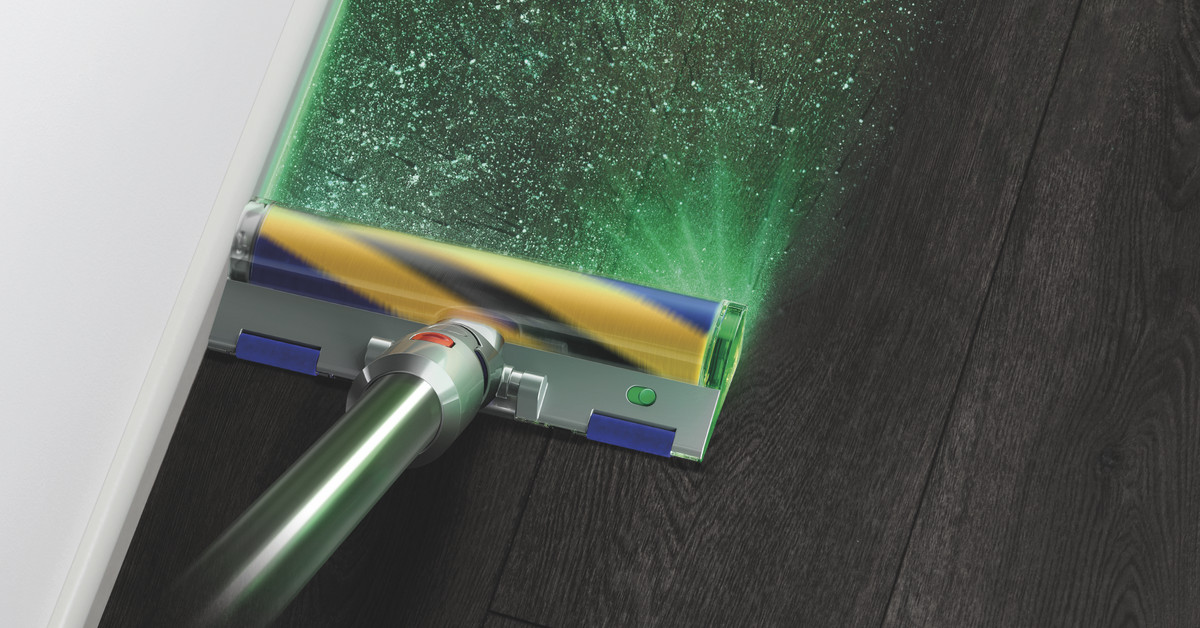(Pocket-lint) – Chinese manufacturer Xiaomi has five phones within its Mi 11 range. Not all are available in all markets, but with so many options, it’s good to know how they all compare.
Here is how the Xiaomi Mi 11 Ultra stacks up against the Mi 11 Pro, Mi 11, Mi 11i and Mi 11 Lite 5G. Which is the right Xiaomi Mi 11 device for you? Let us help you figure it out.
Design
- Mi 11 Lite: 160.5 x 75.7 x 6.8mm, 159g
- Mi 11i: 163.7 x 76.4 x 7.8 mm, 196g, IP53
- Mi 11: 164.3 x 74.6 x 8.1mm, 196g
- Mi 11 Pro: 164.3 x 74.6 x 8.5mm, 208g, IP68
- Mi 11 Ultra: 164.3 x 74.6 x 8.38mm, 234g, IP68
The Xiaomi Mi 11 devices all share similarities when it comes to design, though the Mi 11 Ultra has a much more prominent camera housing on the rear with a second display, setting it apart from the other four devices. None of them look identical, but you can tell they are from the same family.
All the five Mi 11 devices feature a punch hole camera on the front, all positioned in the top left corner, except the Mi 11i that has the front camera in the centre at the top of its flat display. The Mi 11 Lite also has a flat display, while the Mi 11, Mi 11 Pro and Mi 11 Ultra all have curved displays.
The material finishes and colours differ between all five models. The Mi 11 Ultra has a ceramic back, while the Mi 11 comes in glass and leather options. The Mi 11 Pro, Mi 11i and Mi 11 Lite all have a glass back with aluminium frames. Only the Mi 11 Ultra and Mi 11 Pro are IP68 water and dust resistant, while the Mi 11i is IP53 rated. The other two have no official IP rating.
The Mi 11, Mi 11 Pro and Mi 11 Ultra are all a similar size, sharing the same display with an optical under-display fingerprint reader, while the Mi 11i and Mi 11 Lite are smaller, with the Mi 11 Lite being the smallest and lightest. Both the Mi 11i and Mi 11 Lite have physical fingerprint readers on their side.
Display
- Mi 11 Lite: 6.55-inch, flat AMOLED, 2400 x 1080 (401ppi), 90Hz, HDR10+, 800nits
- Mi 11i: 6.67-inch, flat AMOLED, 2400 x 1080 (395ppi), 120Hz, HDR10+, 1300nits
- Mi 11: 6.81-inches, curved AMOLED, 3200 x 1440 (515ppi), 120Hz, HDR10+, 1500nits
- Mi 11 Pro: 6.81-inches, curved AMOLED, 3200 x 1440 (515ppi), 120Hz, HDR10+, 1500nits
- Mi 11 Ultra: 6.81-inch, curved AMOLED, 3200 x 1440 (515ppi), 120Hz, HDR10+, 1700nits / 1.1-inch rear AMOLED display, 124 x 294
The Xiaomi Mi 11 Ultra, Mi 11 Pro and Mi 11 all have a 6.81-inch curved AMOLED display with a 3200 x 1440 pixel resolution for a pixel density of 515ppi. They all offer a 120Hz refresh rate and one billion colours. The Mi 11 and Mi 11 Pro have a maximum brightness of 1500nits, while the Mi 11 Ultra ups this to 1700nits.
The Mi 11 Ultra also has a secondary 1.1-inch display on its rear within the camera housing. This secondary AMOLED display will show notifications, as well as rear camera selfie previews. It has a 294 x 124 pixel resolution and it’s an always on display.
The Mi 11i has a 6.67-inch flat display, so slightly smaller than the Mi 11, Mi 11 Pro and Mi 11 Ultra. It drops the resolution to Full HD+, resulting in a pixel density of 395ppi, but it retains the 120Hz refresh rate. It has a maximum brightness of 1300nits.
The Mi 11 Lite has the smallest display of the five devices being compared here, with a 6.55-inch screen, like the OnePlus 9. It has a Full HD+ display like the Mi 11i, though a sharper pixel density at 401ppi thanks to the smaller size. It drops the refresh rate to 90Hz though and the maximum brightness to 800nits.
All five Mi 11 devices support HDR10+.
Hardware and specs
- Mi 11 Lite: Qualcomm SD780G, 6/8GB RAM, 128/256GB storage
- Mi 11i: Qualcomm SD888, 8GB RAM, 128/256GB storage
- Mi 11: Qualcomm SD888, 8GB RAM, 128/256GB storage
- Mi 11 Pro: Qualcomm SD888, 8/12GB RAM, 128/256GB storage
- Mi 11 Ultra: Qualcomm SD888, 8/12GB RAM, 256/512GB storage
The Xiaomi Mi 11 Ultra, Mi 11 Pro, Mi 11 and Mi 11i all run on the Qualcomm Snapdragon 888 chipset. They all come with 8GB of RAM as a base model, but the Mi 11 Pro and Mi 11 Ultra are both available in 12GB of RAM models too.
The Mi 11i, Mi 11 and Mi 11 Pro all have 128GB as the base storage too, with a 256GB option, while the Mi 11 Ultra has 256GB as a base and 512GB as the second option. All are 5G devices.
The Mi 11 Lite runs on the Qualcomm Snapdragon 780G chipset with 6GB or 8GB of RAM and 128GB or 256GB of storage. The model we are comparing in this feature is the 5G handset, though there is also an LTE model of the Mi 11 Lite.
None of the Mi 11 devices have microSD support for storage expansion, except the China model of the Mi 11 Lite.
The Mi 11 Ultra, Mi 11 Pro, Mi 11 and Mi 11i all have dual stereo speakers, while the Mi 11 Lite has dual speakers. None of the models feature a 3.5mm headphone jack and all support 24-bit audio. The Mi 11 Ultra and Mi 11 Pro’s speakers are tuned by Harmon Kardon.
Battery and charging
- Mi 11 Lite: 4250mAh, 33W fast charging
- Mi 11i: 4520mAh, 33W fast charging
- Mi 11: 4600mAh, 55W fast charging, 50W wireless, 10W reverse
- Mi 11 Pro: 5000mAh, 67W fast charging, 67W wireless, 10W reverse
- Mi 11 Ultra: 5000mAh, 67W fast charging, 67W wireless, 10W reverse
In terms of battery capacity, the Mi 11 Pro and Mi 11 Ultra both have a 5000mAh call under their hoods. They also both support 67W fast wired and wireless charging, along with 10W reverse wireless charging.
The Mi 11 has a slightly smaller 4600mAh battery with 55W fast wired charging, 50W wireless charging and 10W reverse wireless charging.
The Mi 11i has a 4520mAh battery and the Mi 11 Lite has a 4250mAh battery. Both have 33W wired charging, but no support for wireless charging or reverse wireless charging.
Camera
- Mi 11 Lite: Triple (64MP main + 8MP ultra wide + 5MP macro), 20MP front
- Mi 11i: Triple (108MP main + 8MP ultra wide + 5MP macro), 20MP front
- Mi 11: Triple (108MP main + 13MP ultra wide + 5MP macro), 20MP front
- Mi 11 Pro: Triple (50MP main + 8MP telephoto + 13MP ultra wide), 20MP front
- Mi 11 Ultra: Triple (50MP main + 48MP ultra wide + 48MP telephoto), 20MP front
All five of the Xiaomi Mi 11 devices being compared in this feature have a triple rear camera, but they are all made up of different sensors. They all have a 20-megapixel front camera though.
The Mi 11 Ultra has a 50-megapixel main camera sensor with an aperture f/2.0 and optical image stabilisation (OIS), a 48-megapixel ultra wide sensor with a f/2.2 aperture and 128-degree field of view and a 48-megapixel telephoto sensor with an aperture of f/4.1, OIS and 5x optical zoom.
The Mi 11 Pro has a 50-megapixel main camera sensor with an aperture of f/2.0 and OIS, an 8-megapixel telephoto lens with OIS and 5x optical zoom and a 13-megapixel ultra wide sensor with f/2.4 aperture and a 123-degree field of view.
The Mi 11 has a 108-megapixel main camera sensor with an f/1.9 aperture and OIS, a 13-megapixel ultra wide sensor with an f/2.4 aperture and a 123-degree field of view, and a 5-megapixel macro sensor with an aperture of f/2.4.
The Mi 11i has a 108-megapixel main camera sensor with an aperture of f/1.8, an 8-megapixel ultra wide sensor with an aperture of f/2.2 and a 119-degree field of view and a 5-megapixel macro sensor with a f/2.4 aperture.
Finally, the Mi 11 Lite has a 64-megapixel main camera with an aperture of f/1.8, an 8-megapixel ultra wide sensor with an aperture of f/2.2 and a 5-megapixel macro sensor with an aperture of f/2.4.
Conclusion
The Xiaomi Mi 11 Ultra and Mi 11 Pro are similar in terms of specifications, though the Mi 11 Ultra has that second display on the rear, a more capable camera on paper, brighter main display, ceramic design and more storage as an option.
The Xiaomi Mi 11 sits just under the 11 Pro, offering the same display, but a smaller battery capacity, slightly slower charging capabilities and different rear camera makeup. It also doesn’t have the 12GB of RAM model option like the Mi 11 Pro and it isn’t waterproof.
The Xiaomi Mi 11i has a flat and smaller display over the Mi 11, a different camera make up again, a smaller battery and slower charging capablities again, as well as a lack of wireless charging support. It has the same core hardware as the Mi 11 though, as well as an IP53 rating.
The Xiaomi Mi Lite meanwhile is the most affordable in the Mi 11 pack, but it drops its camera capabilities compared to the Mi 11i, offers a smaller battery capacity, but the same charging capabilities as the Mi 11, a lower refresh rate display and a lower RAM model option.
Writing by Britta O’Boyle.
